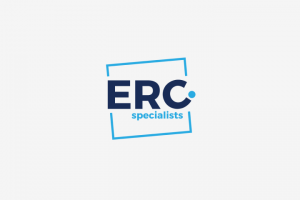
WRITTEN BY: ANDREA WOLFE
Launching a new startup can be intimidating, especially when you don’t know how to make your app come to life. Building a prototype allows you to test the viability of your product and determine if it can work the way you imagined. Luckily, there are tons of free resources to help you create these prototypes and define what you want your product to do. Having a prototype allows you, and your investors and sponsors, to conceptualize your idea.
Why Create A Prototype?
Imagine you’re an investor, and you’re meeting with two emerging startups. The first company comes to you with a promising idea and explains how their app will work, and then invites you to invest $100,000. The next company comes with a prototype of their app. Although the design is not perfect, it’s easy to understand the concept, and you got a visual idea of the user experience that looks professional. They also ask for $100,000.
Out of the two companies, you’d likely choose the second. Although both companies had great ideas, the second company not only showed initiative, but also that they’re willing to work for their success—actions speak louder than words. Company 2 also demonstrated their action-driven culture, and intentionally made it easier for you to envision their ideas by providing a prototype for you to interact with.
Where to Start
If you’re feeling stumped on where to start, try having a brainstorming session to hash out the problems you are trying to solve. Using a whiteboard allows you to come up with creative solutions, and no idea is a bad idea! As you get a feel for the direction you want to take, translate this into a basic wireframe. Draw out what you’d want the app to look like (don’t overthink it). Once you have a concept solidified, create a high-fidelity mockup using prototype software. This will help you and your investors take your product more seriously as it becomes more realistic.
If you’ve had little experience in creating prototypes, this can be a daunting task. BYU Students Augustine Tambe and Moroni Okonah had the idea of changing the way gift cards are used by digitizing them on an app. Though many people expressed interest in their idea, Tambe and Okonah had no idea how to make their vision a reality. With no development experience, the pair started brainstorming on a whiteboard. Tambe and Okonah had never even heard of a wireframe and hardly considered themselves artistic enough to build a realistic prototype. After seeking some mentorship and guidance from RevRoad CTO, Bruce Hassler, they built the interface for their app Tyro. Creating the prototype boosted their confidence as it enabled them to share their app with people, rather than just pitching an idea. Since the creation of Tyro’s prototype, Tambe and Okonah have had several opportunities to pitch their app to investors and sponsors.
Receiving Feedback
You will be given lots of feedback on your prototype, but don’t feel like you need to change everything. Pay attention to suggestions that are brought up several times and consider if they will benefit or complicate the overall user experience. Beginning your sales process early on will help allow you to make revisions with sufficient time to hit the market at the time of your expected goals.
Resources We Love
Not knowing where to start? Luckily, there are many free and inexpensive resources! Here are some of our favorites:
Prototype Software: Sketch, Adobe XD, Figma, Invision
Icons: Flaticon
Fonts: Google Fonts
Photos: Unsplash
Download your guide to “Using Prototypes to Validate Your Solution for Free” here.
You can learn more about creating prototypes by watching our full workshop.
For more information on the services we offer at RevRoad, visit us at our website.


